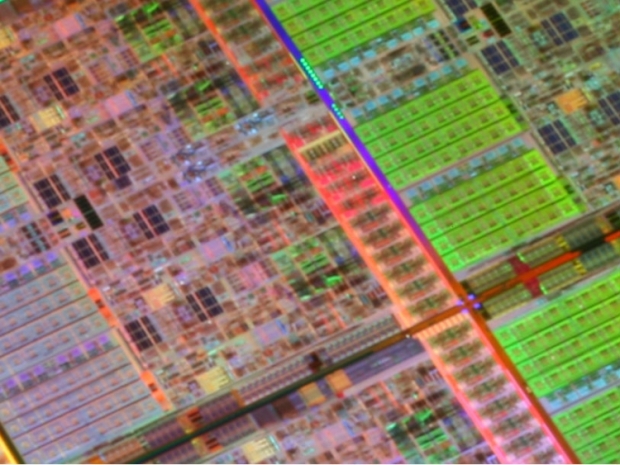Since intel is struggling with 10nm transition, Apple has an alternative too. In case Intel doesn’t get in full mass production on time, Apple plans to use Coffee Lake, a fourth generation 14nm. If you remember our exclusive 7nm article, AMD is planning to completely skip 10nm and launch a 7nm successor with 14nm Zen architecture. AMD will likely skip 10nm all together. Kou's suggestion that Coffee Lake might be an alternative could be flawed as Coffee Lake might not be ready until late 2017 or possibly 2018 and that Cannon Lake. This is of course, based on informtation that got leaked to, and there is a big chance that Kuo knows more than he is sharing.
A possible 10nm Cannon Lake delay is actually more alarming news that affects much more ecosystems than just Macbook Pro users. The 32GB support in Macbook is what many professionals will be missing until the 2017 refresh but getting a fourth generation 14nm inside new Macbook Pro would only marginally upgrade the CPU capabilities of the system. Intel is getting to a point where releasing a fourth generation 14nm Core processor will result in a speed that is comparable to the feat of milking a dead cow.
AMD executives hinted to Fudzilla that the 7nm rumor might have wings, as GlobalFoundries is going to speed up introduction of its 7nm technology. They are skipping 10nm which gives you the idea that it is not easy. There might be trouble in the 10nm paradise. This affects high performance parts, as we do know that Qualcomm has successfully manufactured a 10nm Snapdragon 830 mobile SoC. We expect that this part should launch before the end of the year and ship in late Q1 2017 in the next generation flagship devices including but not limited to Galaxy S8.
In case you didn’t know it already, manufacturing any kind of chips that have billions of transistors is extremely hard, sort of a miracle in a way, and we definitely need to cut these engineers some slack. The end result is that you need smaller transistors to keep up bumping the speeds and performance, and extending the battery life.
That is what every notebook and phone manufacturer is after.




